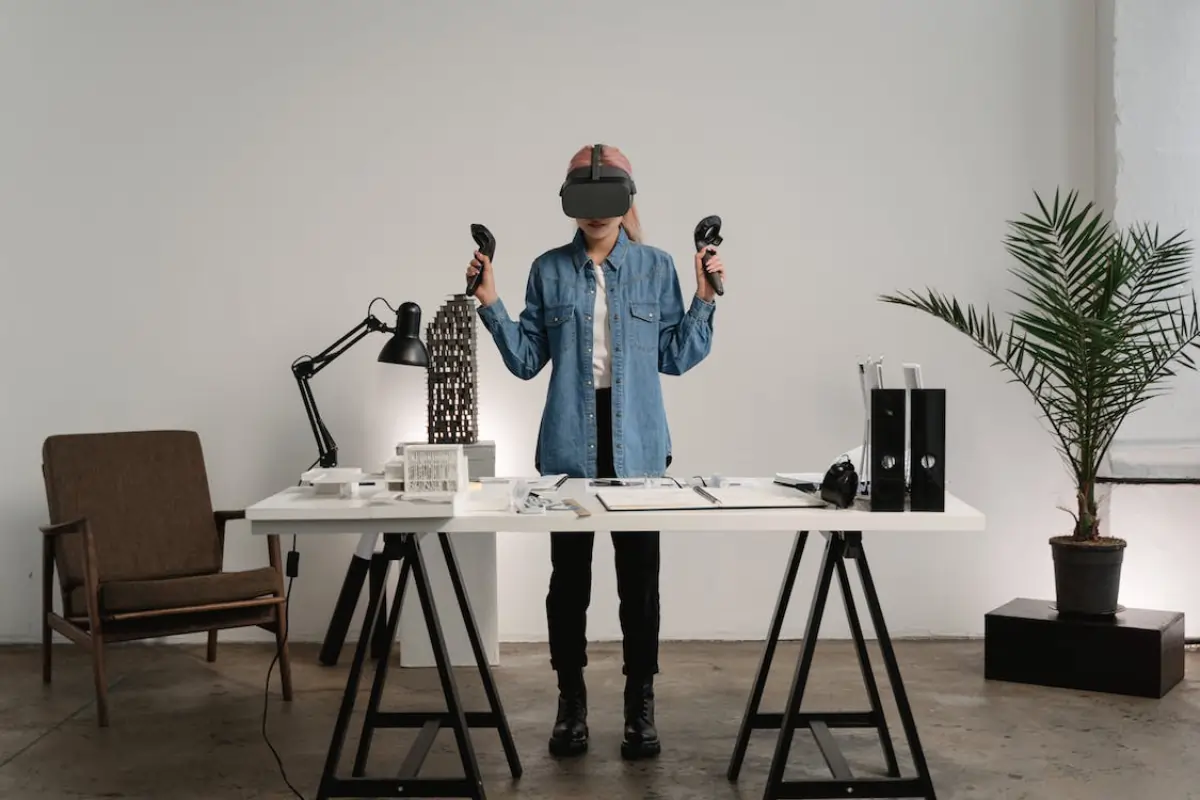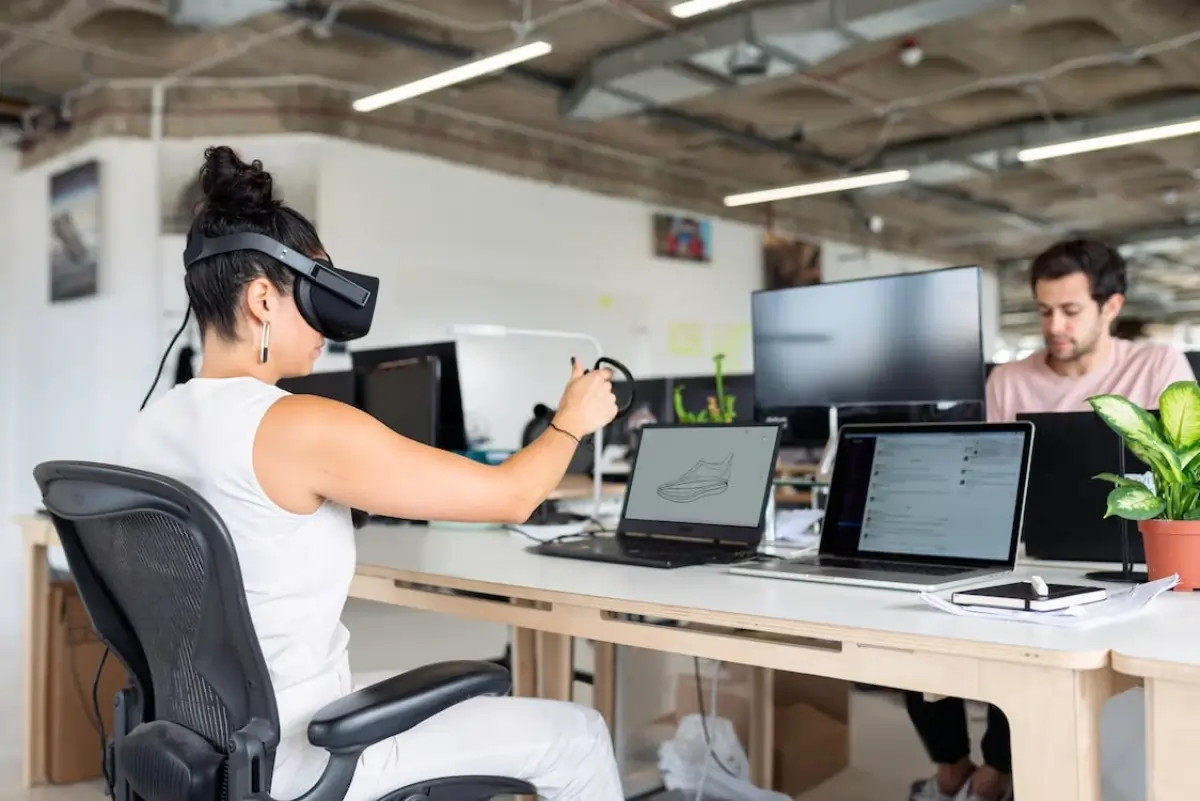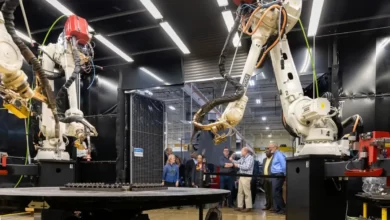Introduction
The remote work revolution has completely transformed the way we work and live. Over the past few years, technology has enabled employees to work from the comfort of their own homes or anywhere else in the world. However, as we continue to evolve, it’s becoming increasingly evident that the future of remote work holds even more exciting possibilities. In this blog post, we will explore the future of remote work, focusing on Virtual Reality (VR) offices and collaborative platforms. We will delve into the technologies that are making this possible and how they will impact the way we work and connect.
The Remote Work Landscape Today
Before we delve into the future, let’s take a moment to appreciate how remote work has evolved. The COVID-19 pandemic pushed many companies to rapidly adopt remote work, which accelerated the development of tools and platforms for remote collaboration. Popular communication tools like Zoom, Slack, and Microsoft Teams have become household names, helping teams stay connected from their homes.
However, it’s clear that this is only the beginning. With the advent of powerful technology and an increasingly globalized workforce, remote work will be more immersive and collaborative.
Virtual Reality Offices: The Future is Now

One of the most exciting developments in the realm of remote work is the rise of Virtual Reality (VR) offices. VR technology has come a long way from its early days and it will revolutionize the way we work.
VR offices are digital spaces that replicate the traditional office environment. This allows remote employees to interact with their colleagues and their work as if they were physically present. These spaces can be tailored to mimic a variety of settings, from a cozy co-working space to a high-rise corporate office.
Why VR Offices?
1. Enhanced Collaboration
Traditional video conferencing tools have their limitations. VR offices, on the other hand, enable more natural and spontaneous interactions. Team members can gather in a virtual meeting room, share ideas on a virtual whiteboard, and even engage in water-cooler chat in a virtual kitchen.
2. Reduced Distance
For teams spread across different time zones or even continents, VR offices eliminate the feeling of being far apart. This can lead to stronger connections and a more cohesive team.
3. Immersive Training
Virtual Reality offices can be used for training purposes. It allows new employees to familiarize themselves with their work environment, company culture, and colleagues, all in a virtual space.
Collaborative Platforms and the Virtual Workspace

While VR offices are a thrilling development, they are not the only aspect shaping the future of remote work. Collaborative platforms will play a pivotal role. These platforms are designed to seamlessly integrate with VR technology and enhance productivity and communication.
1. Real-Time Collaboration
Collaborative platforms like Slack, Trello, and Asana will be integrated with VR offices to provide real-time collaboration. Teams can work on projects together, review documents, and make changes in a shared virtual workspace.
2. Data Integration
These platforms will offer advanced data integration, making it easier for remote teams to access and share data securely. This will facilitate better decision-making and productivity.
3. AI-Powered Virtual Assistants
AI-driven virtual assistants will become more sophisticated and integrated with VR offices and collaborative platforms, making routine tasks more efficient and freeing up time for more creative and strategic work.
Overcoming Challenges
While the future of remote work is incredibly promising, it’s not without its challenges. Security and privacy concerns in VR offices and the need for high-speed internet connectivity are some of the issues that need to be addressed. Additionally, the cost of implementing VR technology can be a barrier for many businesses.
As we look ahead to the future of remote work, it’s clear that we are on the cusp of a major transformation. VR offices and collaborative platforms will bridge the physical divide, making remote work more immersive, engaging, and efficient. While challenges exist, technology continues to evolve, and businesses that adapt to these changes are likely to thrive in this new landscape.
Conclusion
In the coming years, we can expect to see an even more seamless blend of virtual and physical workspaces. This will provide a new level of flexibility and creativity for remote workers. As remote work becomes an integral part of our lives, it’s vital to embrace these technological advancements and prepare for the exciting changes that lie ahead. The future of remote work is here, and it’s incredibly bright.





